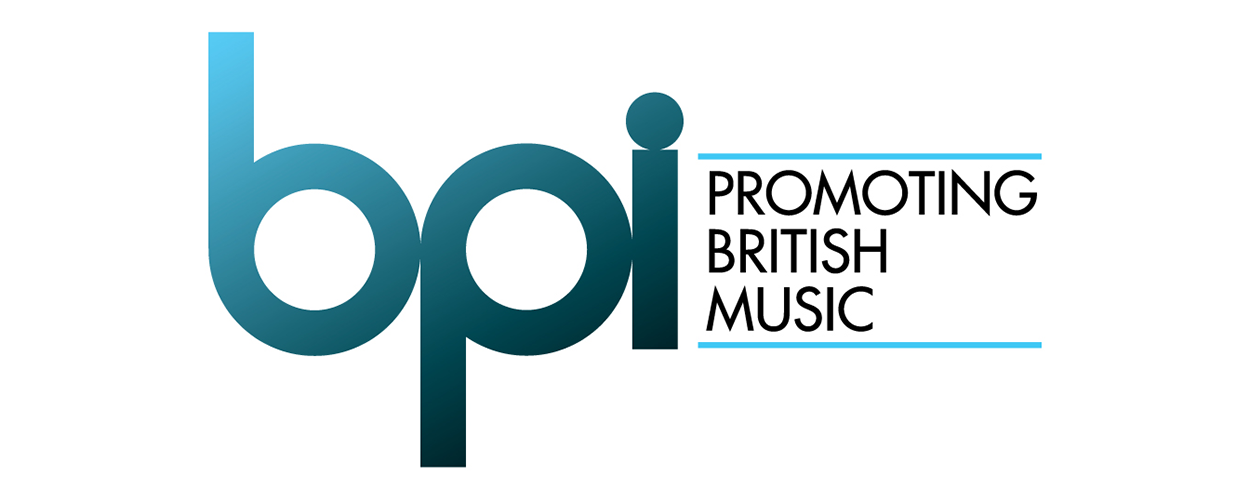This website uses cookies so that we can provide you with the best user experience possible. Cookie information is stored in your browser and performs functions such as recognising you when you return to our website and helping our team to understand which sections of the website you find most interesting and useful.
Business News Labels & Publishers
UK label spend on A&R and marketing reach almost £500 million last year
By Chris Cooke | Published on Thursday 11 August 2022

UK record labels together pumped £494.8 million into A&R and marketing last year, according to new stats from record industry trade group BPI. And that’s more than double what was spent on such things back in 2016, according to the BPI’s figures.
Labels have been increasingly keen to stress the investment they make in new talent and new releases in recent years, of course, as the debate around how the digital pie gets sliced up has become ever more public. Of the monies generated by streaming, 50-55% goes to the record industry, with 10-15% flowing to songwriters and music publishers, and the streaming services keeping 30-35%.
Of the 50-55% paid though to the record industry, what the artist sees depends on the deals they have done with any labels or distributors they work with. However, where artists have entered into conventional record deals, the record label usually keeps the majority of any revenues their recordings generate.
That approach has come under increased criticism in the streaming age where the costs of manufacturing and distributing physical discs are generally taken out of the equation. But labels insist that they still incur significant expenditure and risk when signing new artists and releasing new music, even if no CDs or vinyl records are being produced.
Meanwhile, when labels keep the majority of the monies generated by old recordings – where artists are often getting an even smaller cut of the pie – said labels will stress that a portion of the profits from the exploitation of their catalogues is used to invest in new talent.
Hence today’s figures bragging about the investments made by labels in artists and records, and the accompanying stat that A&R spend – £358.1 million last year – has risen by 106.6% over the last five years, which is nearly two-and-a-half times more than the UK recorded music market’s revenue growth, those revenues having increased by 42.9% since 2016.
Of course, when it works, the label model is a sound model that enables artists – and especially new artists – to not only drive sales and streams of their recorded music, but also to grow their fanbases and therefore their wider artist businesses.
And the label’s fanbase building role increasingly depends on having ever more sophisticated systems for processing and analysing fan data, and the investments many labels have made in building platforms to process and crunch that data aren’t even covered in the £494.8 million A&R and marketing spend.
So, labels are right to say that they remain important investors and marketing partners of artists, and especially new artists. And it’s on that basis that many labels would justify keeping the majority of the income generated by their artists’ recordings.
Though, of course, many in the artist and management community, while not denying the key role labels can play, would probably still argue that labels routinely take too big a slice of the pie, especially on catalogue recordings.
And those critics would also usually try to pick some holes in the BPI’s grand label investment stats too, for example by pointing out that A&R spend includes artist advances, which labels will often ultimately seek to recoup specifically out of the artist’s share of future income.
But still, digital pie debate and economics of streaming politics aside, labels remain important partners for many artists, and as the streaming boom continues to power growth in the recorded music sector, it’s generally good news that those labels have more money to invest in new music, and in marketing campaigns that help grow the wider businesses of new artists.
Says BPI boss Geoff Taylor: “The UK has been one of the world’s music superpowers since the advent of pop culture, thanks to the combination of our many incredible artists drawn from all regions and nations, and the passion, financial backing and expertise of our record labels”.
“During a time when music has returned to growth after years of decline, labels have continued to prioritise investment in artists”, he adds. “Spending on A&R reached a record £358 million last year and is significantly outpacing revenue increases. It is fuelling success for a new generation of UK artists who are embracing the opportunities of this truly connected world, underpinning our leading position on the global music stage”.
This story is discussed on this edition of our Setlist podcast.





